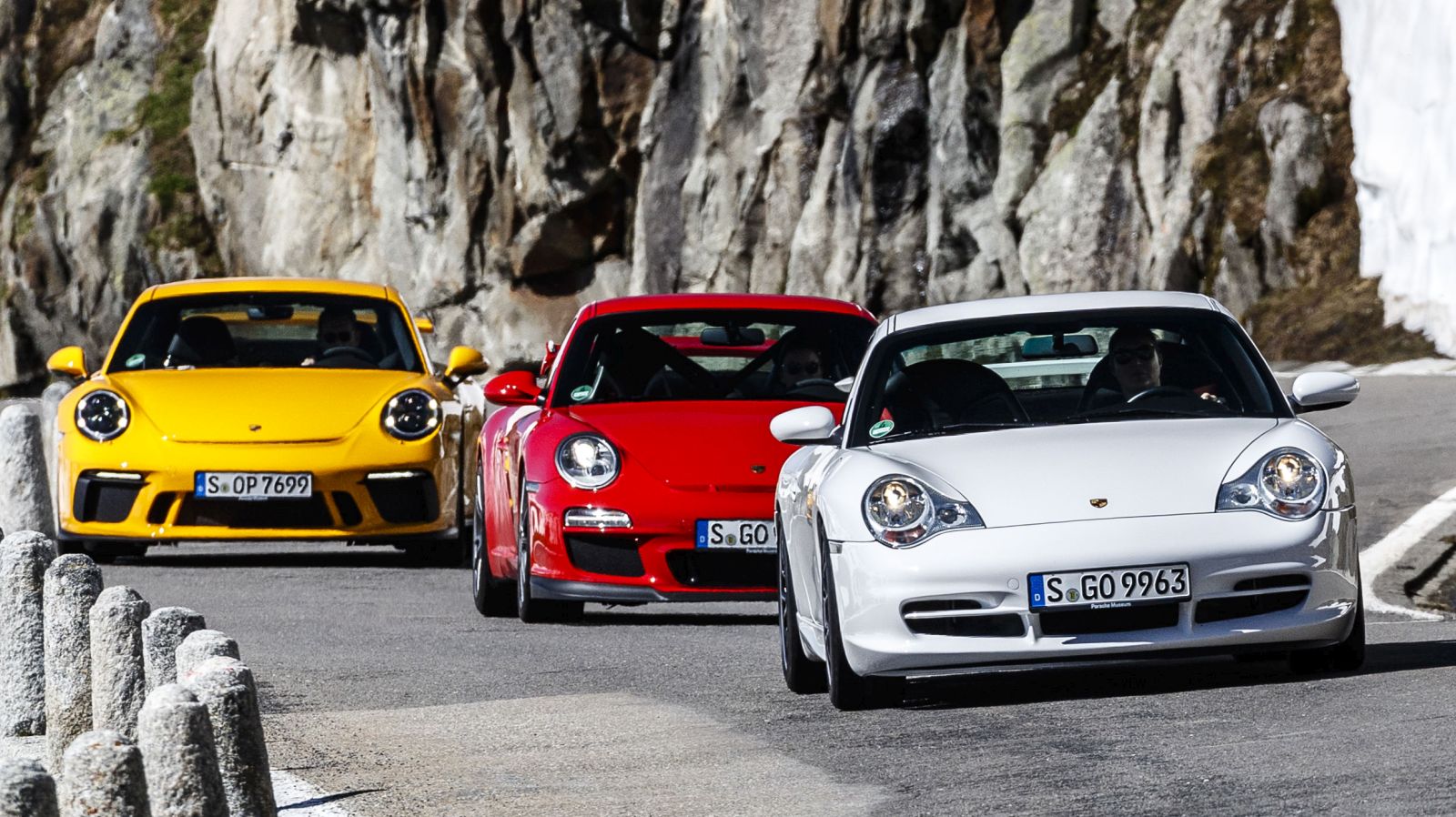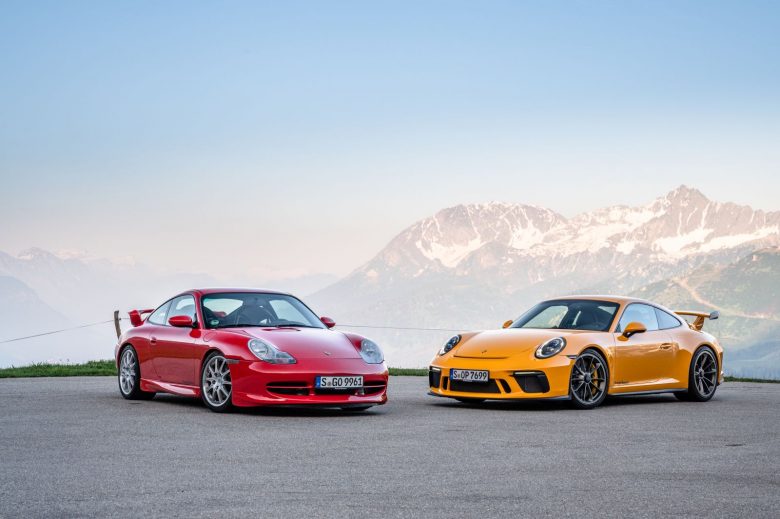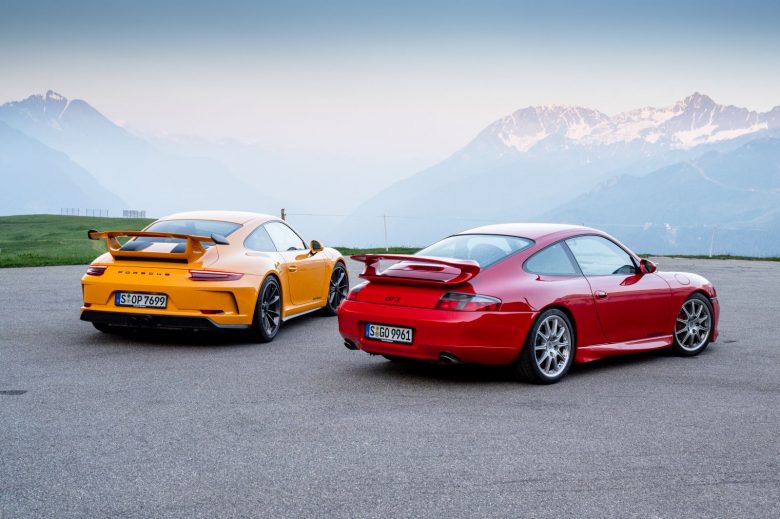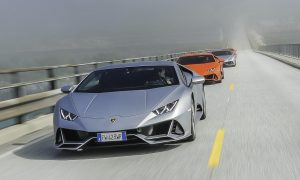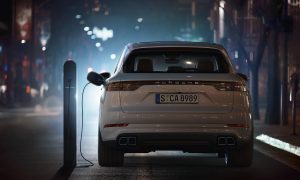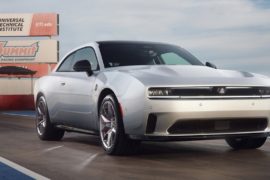The unveiling of the first Porsche 911 GT3 in March 1999 at the Geneva Motor Show signalled the start of a new era for discerning sports car drivers. Like no other Porsche 911, the GT3 embodies the hallmarks of Porsche Motorsport. Developed by two-time World Rally Champion Walter Röhrl, race engineer Roland Kussmaul and the Porsche Motorsport specialists from Weissach, the Porsche 911 GT3 brought race track agility to the road. Since then, this road-going athlete has become even faster, more precise and more dynamic with every generation — and with a naturally aspirated engine, manual transmission and rear-wheel drive, it remains the most popular Porsche 911 among purists up to the present day.
The GT3 achieved numerous overall victories in the major endurance races, including the 24 Hours of Spa, the 24 Hours of Daytona and the 24 Hours Nürburgring, which it won seven times starting with the year 2000. It is part of the recipe for success of the Porsche 911 GT3 that the experience and innovations from motorsport are always incorporated into the development of the next road version. It is no wonder that around 80 per cent of all 911 GT3 ever produced are regularly driven on the race track.
The water-cooled 3.6-litre six-cylinder boxer engine of the new sports car delivered 265 kW (360 PS). Therefore it was hardly a surprise that the Porsche 911 GT3 had already earned its first laurels even before its debut in Geneva: with Walter Röhrl at the wheel, it completed the 20.8 kilometre Nürburgring Nordschleife in less than eight minutes — and in so doing set a new benchmark for road-going sports cars. The chassis was lowered by around 30 millimetres and the brakes uprated. The six-speed manual transmission originated from the Porsche 911 GT2. As an option, customers were able to order their 911 GT3 as a Clubsport variant, which also included a bolt-in roll cage.
The latest version of the 911 GT3 was launched in 2017. The focus of development had been on the six-cylinder boxer engine: its displacement increased to 4.0 litres and the power output was 368 kW (500 PS). Porsche also had two treats for purists: on the one hand, a manual six-speed transmission was now available as an alternative to the PDK. On the other, the 911 GT3 could be ordered with a discreet Touring Package, in which the fixed rear wing was replaced by an automatically extending spoiler — pure understatement. And so things come full circle: the designation “Touring Package” was a reference to the more restrained version of the legendary Porsche 911 Carrera RS 2.7 from the 1970s.


